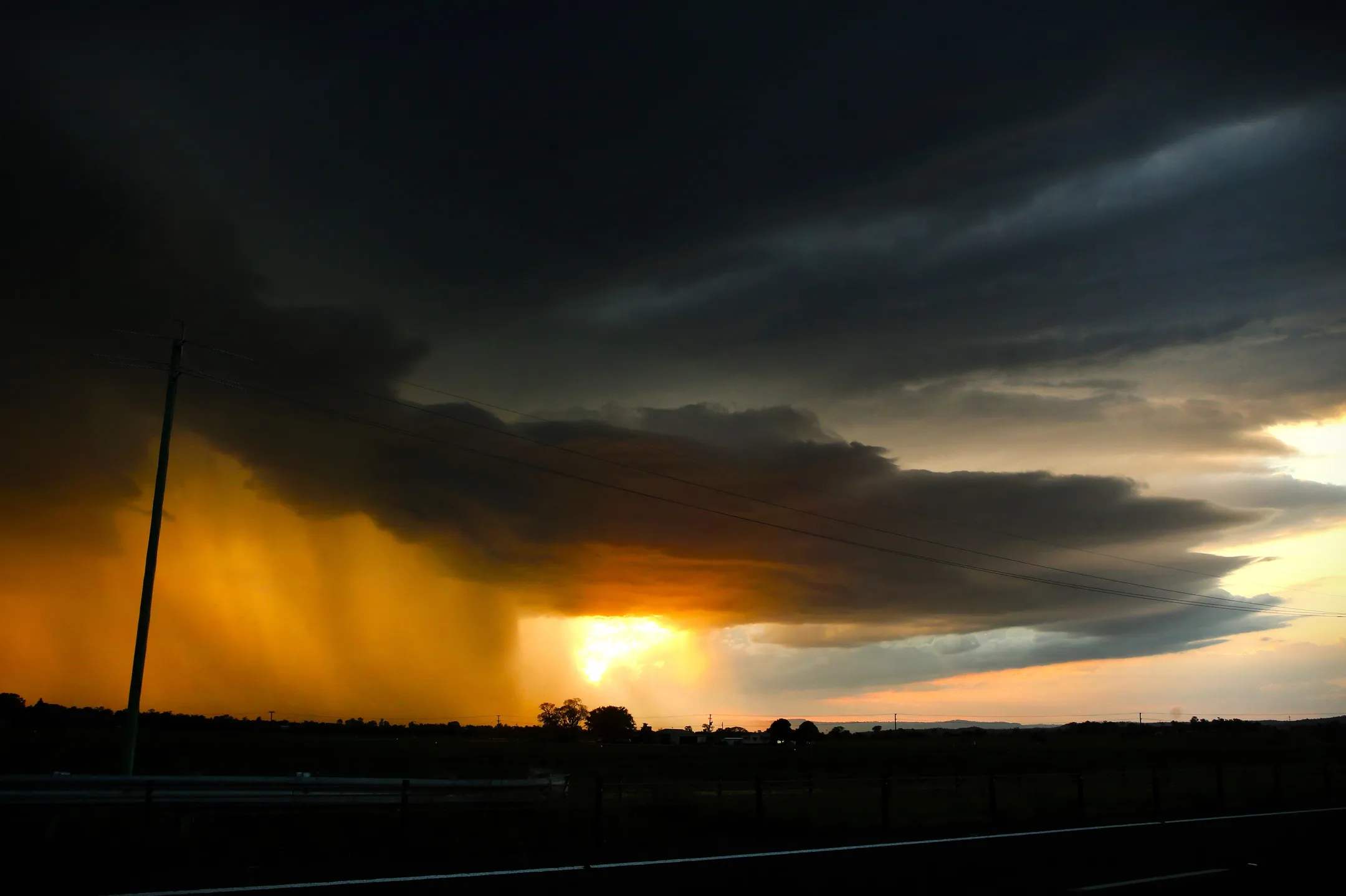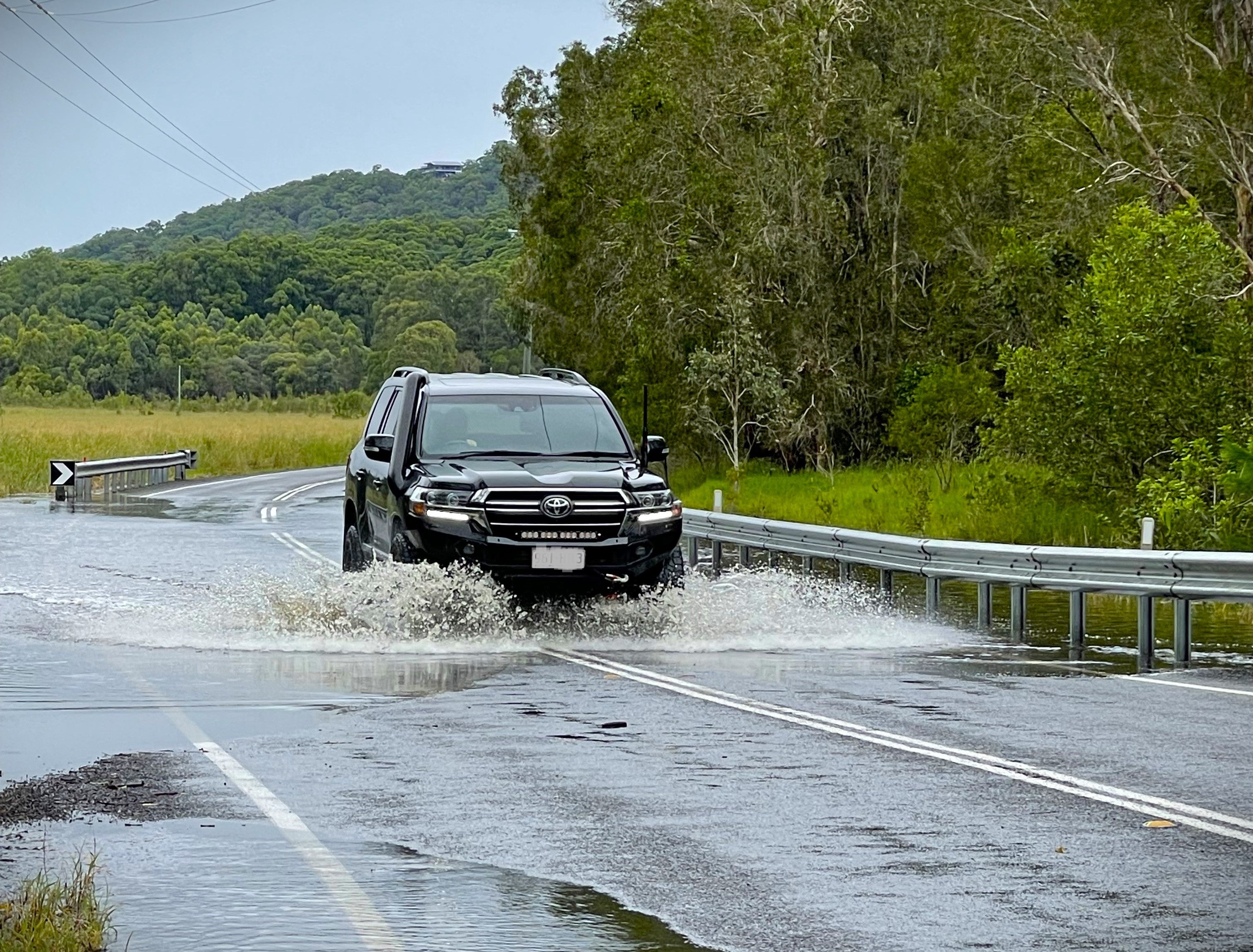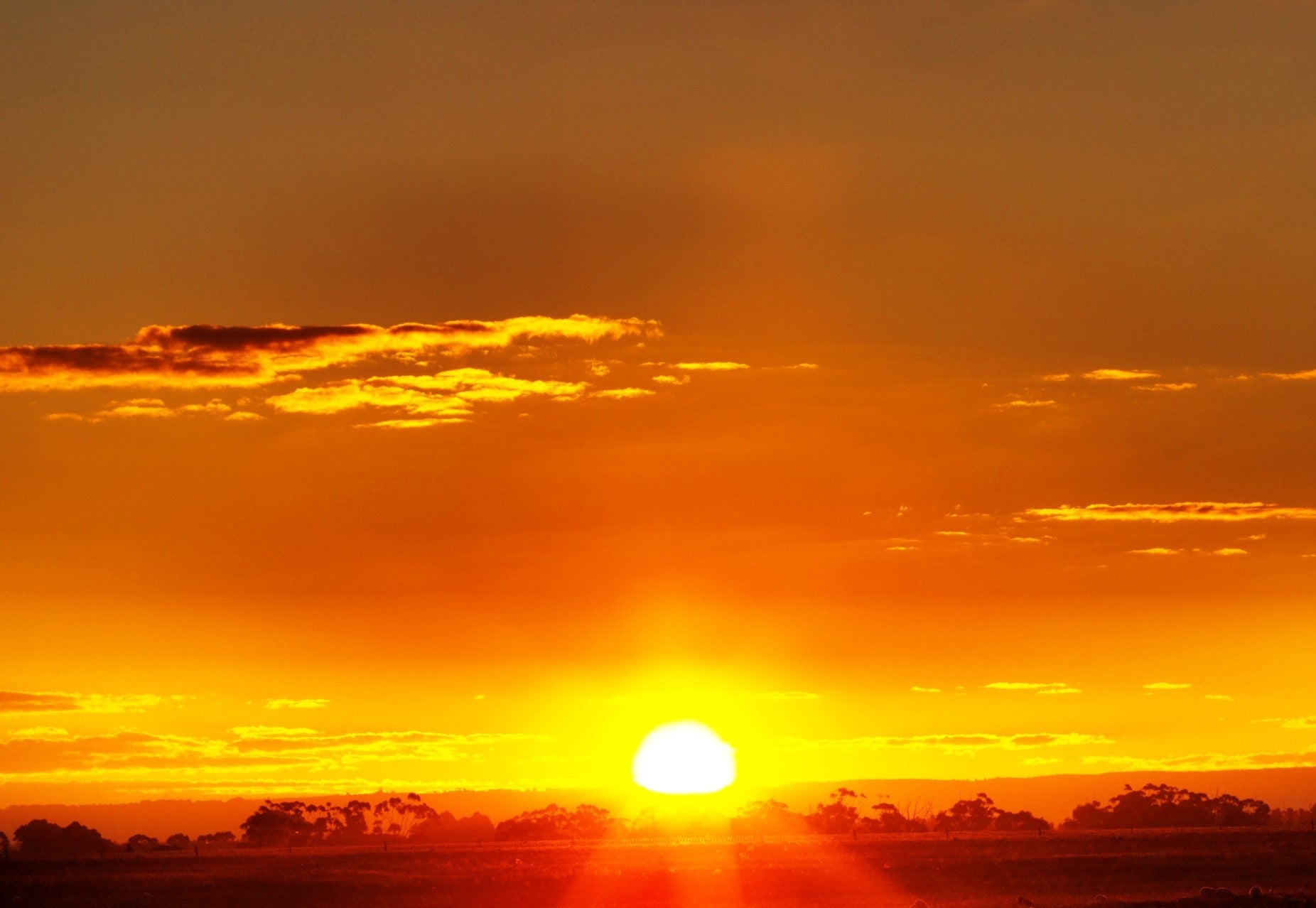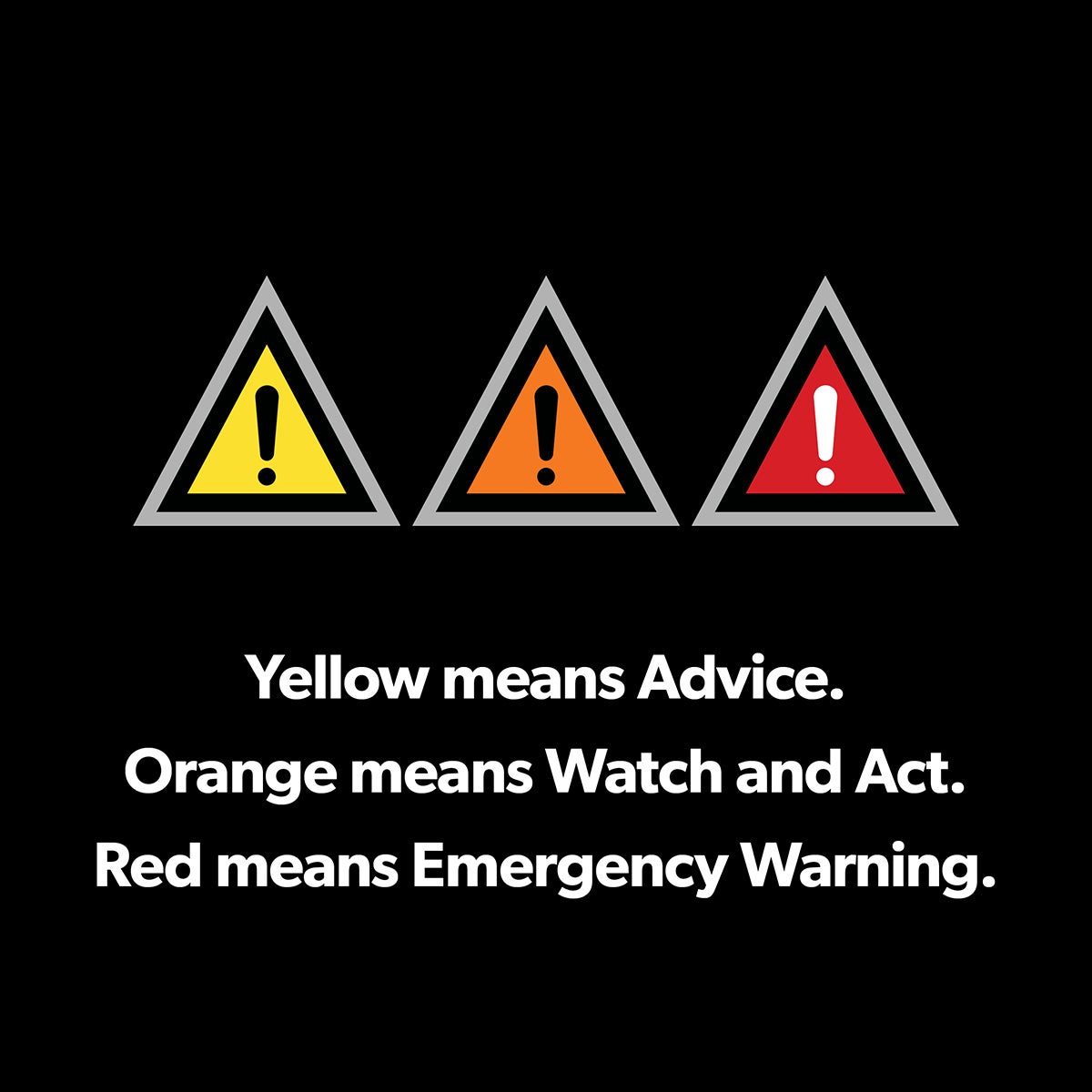BOM Predicts storms and heatwaves: Are you ready?
With the Bureau of Meteorology predicting more rain, storms and heatwaves over summer, Sunshine Coast Local Disaster Management Group is reminding residents and visitors to be prepared.

One minute it’s a humid, sunny day, the next torrential rain is flooding waterways and cutting off roads.
With the Bureau of Meteorology (BOM) predicting more rain, storms and heatwaves over the next three months, Sunshine Coast Local Disaster Management Group (LDMG) is reminding Sunshine Coast residents and visitors to be prepared.
Councils Disaster Management Coordinator Jason Membrey said that considering the possible severe weather impacts in advance could prevent unnecessary property damage and help keep everyone safer.
“The longer-term forecast for summer is above average rainfall, Mr Membrey said.
“Sunshine Coast’s Council’s Disaster Management team will continue to monitor conditions and work with other agencies to keep residents and visitors informed.
“But we all have a role to play in responding to, and being prepared for, these events whether we are an individual, a business, a community service organisation, a council or even one of the emergency services.
“Council and the Sunshine Coast LDMG is operationally ready as we enter the holiday period and is committed to working with our Disaster and Emergency Services to deliver a coordinated approach to disaster management and supporting community resilience.”
Sunshine Coast Council and Get Ready Queensland recommend you prepare for weather events by:
• Cleaning up the yard and house
• Completing your emergency plan
• Shopping for emergency kit items
• Packing your emergency kit
• Practicing your evacuation plan
• Checking weather reports
• Looking after household pets
There are a few simple steps you can take to get your family ready.
Step one: Understand your risk
Learn what can happen where you live and how it could affect your family.
Step two: Make a household emergency plan
Make a household emergency plan so your family knows what to do and who to contact. It will give you peace of mind to have important information in one place.
Step three: Pack an emergency kit
Make sure you have everything you and your family may need in case you lose power or are cut off by flood water or fallen trees.
If it’s flooded forget it!

Flooding can take you by surprise, making some roads too dangerous to use. Remember your car can’t protect you from floodwater. A small amount of floodwater is all it takes for your engine and electrics to fail.
Stay off the roads if possible and consider if travel is necessary over the coming days.
Preparing for heatwaves

Queensland is experiencing an increase in the frequency and duration of heat waves, including higher humidity and higher overnight temperatures.
Heatwaves usually range from 37°C to 42°C and can impact anyone. The BOM defines a heatwave as three or more days of high maximum and minimum temperatures that are unusual for that location.
It is important to reduce your risk to stay cool and hydrated during heat waves.
Some people are particularly vulnerable and need to take special care during a heatwave.
- babies and young people
- elderly
- pregnant and breastfeeding people
- people with medical conditions such as asthma
- pets
- people who work in the outdoors
- athletes.
Warning icons you need to know

There are three warning levels with colours and icons that alert you to a hazard’s danger level.
Advice warnings are yellow and mean you are not in immediate danger however you need to be alert and listen for warnings in case the hazard escalates.
Watch and Act warnings are orange and signify a higher level of threat. You could be in danger because conditions are changing. Act now to be safe.
Emergency Warnings are red and the highest level of warning. You are in danger and need to act NOW to be safe.
More information
Stay informed with Sunshine Coast Council’s Disaster Hub at disaster.sunshinecoast.qld.gov.au for up-to-date information and links to key emergency services in one location, including: weather warnings, road closures, evacuation centres, airport updates, traffic cameras and flood mapping.
It’s also a great idea to sign up for weather notifications from the Bureau of Meteorology at bom.gov.au.
For disaster preparedness resources visit Get Ready Queensland at getready.qld.gov.au.
